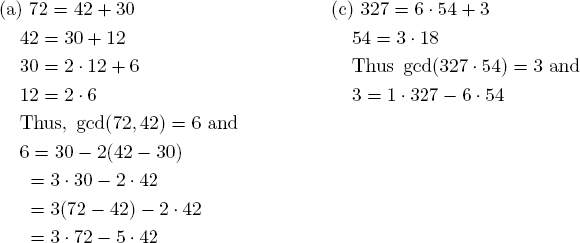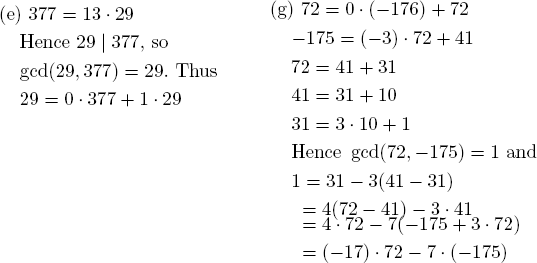1.2 Divisors and Prime Factorization


Get Introduction to Abstract Algebra, Solutions Manual, 4th Edition now with the O’Reilly learning platform.
O’Reilly members experience books, live events, courses curated by job role, and more from O’Reilly and nearly 200 top publishers.

